The casual NHL fan won’t pay much attention to the art known as the faceoff. After all, there’s dozens of them every game and, you know, you win some and you lose some, right? Not quite.
Ask any player or coach involved in the league and every single one of them will tell you the value of winning a faceoff. Starting with or without the puck could mean extra scoring opportunities for or against. This isn’t to mention the important faceoffs after a penalty or an icing where the faceoff takes place in the defensive zone of the infracting team. In fact, there’s a new wrinkle in such scenarios in 2019-20.
In addition to getting an offensive zone draw to begin a power play or after an icing, the offensive team now gets to choose which side of the ice the faceoff will take place. This has led many of the league’s prominent centres to believe it will lead to an increase in offense. For some teams, this isn’t a big deal as they only have their centers taking their faceoffs, but for others, it’s a big advantage. The Toronto Maple Leafs are of the latter.
Here’s a background on the Maple Leafs’ faceoff situation followed by the players that will be taking the majority of draws for the team in 2019-20.
Faceoff Background
In the 2018-19 season, the Maple Leafs finished second in the NHL with a 53% faceoff winning percentage, behind only the Philadelphia Flyers whose 54.7% mark represents sheer domination in the faceoff circle over the opposition.
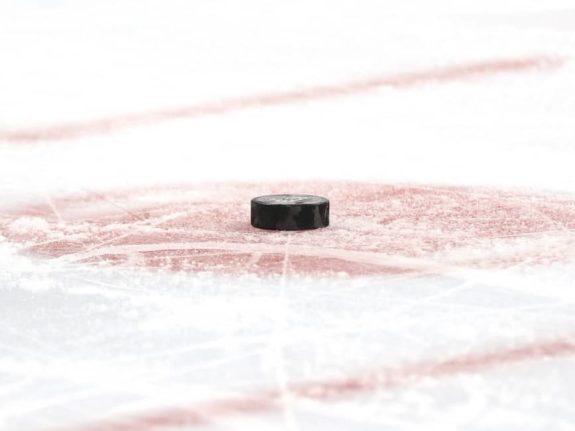
The Maple Leafs led the league in offensive zone faceoff winning percentage with a mark of 53.7% and tied the Los Angeles Kings for second with a 53.3% mark in their own end. In other words, they were winning draws to obtain possession and create chances in the offensive zone and winning the battle in their own end and creating more zone-exit opportunities.
All four of last season’s Maple Leafs season-long centres won at least 52.1% of their faceoffs. Add in Par Lindholm, who was moved to the Winnipeg Jets at the trade deadline, and they were still on the positive side of the ledger with Lindholm posting a 50.9% mark in blue and white.
The Maple Leafs dominated the faceoff dot at both ends of the ice a season ago, and here’s why they will do so again this season.
Wealth of Options
Even prior to the rule change, the Maple Leafs were using wingers to take the draws on their back-hand side (strong side) of the ice. For instance, William Nylander took 368 draws in his holdout-shortened 2018-19 season, Patrick Marleau took 203, Zach Hyman took 237, and Connor Brown took 51, although many of Hyman’s and Brown’s were on the penalty kill. Still, it paints a clear picture that head coach Mike Babcock was already using wingers to take draws on their strong side, and apparently it worked.
The story will repeat itself this season. With Nylander and Auston Matthews reuniting on (hopefully) a full-time basis, you can expect to see Matthews taking the draws on the left side of the ice and Nylander taking them on the right.
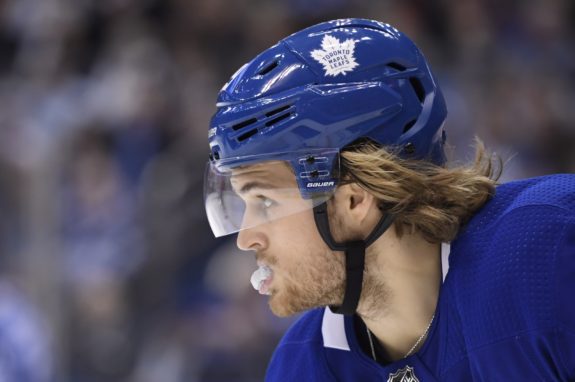
You’ll also see something similar on the fourth line where an interesting combination is brewing. When Jason Spezza signed a one-year deal with the Maple Leafs this summer, it appeared Frederik Gauthier was again on the outside looking in. Instead, it seems increasingly likely that Gauthier will retain a fourth-line role as he and Spezza should interchange in and out of the centre ice position, depending on where the faceoff is or who enters their defensive end first.
Tavares took a team-high – by far – 1,528 draws last season, so expect him to do the bulk of the faceoff work for his line. It’s also safe to say that newcomer Alexander Kerfoot will be taking the overwhelming majority of faceoffs for the third line. That said, if a right-shot is needed to take a faceoff on that third line, don’t be surprised to see Babcock send Spezza over the boards for the faceoff only – especially in the defensive end – and switch him for a winger when first available to do so.
Now, let’s have a look at the players likely to take the majority of draws for the Maple Leafs this season and their success at doing so.
Auston Matthews
Matthews struggled in the faceoff circle in his 2016-17 rookie season to the tune of a 46.9% winning percentage. However, he’s been well over the 50% mark in each of the two seasons since, winning 53.2% of his draws in that time.
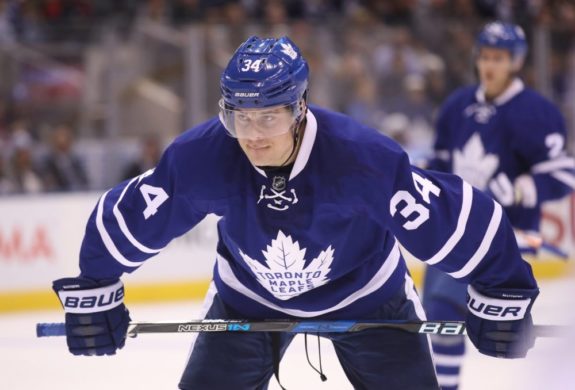
Given that Matthews started 65.5% of his shifts in the offensive zone last season (including power plays), his 53% offensive zone winning percentage from 2018-19 is of value. He doesn’t take a ton of power-play faceoffs with John Tavares on that top unit as well, however having a potential 40-plus goal-scorer winning more than half of his draws in the offensive zone is likely to lead to a significant amount of scoring opportunities.
William Nylander
As noted, Nylander was the Maple Leafs’ most frequently used winger in the faceoff circle a season ago. Not only did he take a lot of faceoffs for a winger in just 54 games, but he cleaned up in doing so. Nylander went 55.2% in the faceoff dot last season, tying former teammate Nazem Kadri for the team lead among players who took at least Nylander’s amount of 368 faceoffs.
After all, the Swede was drafted as a center after playing that position professionally in the Swedish Hockey League, in the Swedish junior ranks and internationally while representing Team Sweden. Last season marked the second consecutive campaign where Nylander was on the positive side of 50%. He too started most of his shifts in the offensive end of the ice at 62.6%, and we won a whopping 56.5% of his offensive faceoffs a season ago.
If Nylander and Matthews can continue to dominate the faceoff circle on offense, it stands to reason they’ll reap the benefits for it.
John Tavares
As noted, Tavares led the team in faceoffs last season, and it wasn’t even close. He’s also by far the most experienced Maple Leafs faceoff man at this level, having played 10 seasons in the NHL at this point.
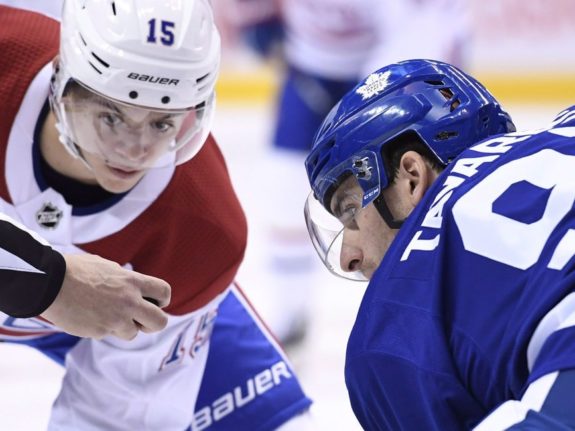
Tavares enjoyed a big season in the faceoff circle in his first year with the Maple Leafs, posting a 54.4% winning percentage. Tavares owns a career winning percentage of 51.6%, however, he’s bested that number in four of his last five seasons. He’s the key faceoff man on the team’s top power-play unit, and winning the first faceoff on a power play no doubt aids your efficiency with the man advantage.
Alexander Kerfoot
Kerfoot’s ability in the faceoff dot is probably the biggest unknown among players on this list. In his rookie season in 2017-18 with the Colorado Avalanche, Kerfoot was cleaned up in the faceoff circle with just a 42.1% success rate. However, in his second season, he did the cleaning to the tune of a 56% winning percentage. What’s to make of the wide gap in success?

Learning how to take faceoffs in the NHL takes time. Even Claude Giroux, he of a faceoff percentage at or above 58% in each of the last two seasons, took until his fourth season in the league to get over the 50% hump in the faceoff circle. Kerfoot’s rate clearly skyrocketed in his second NHL season, but the truth of his current faceoff ability is likelier to be somewhere in between his first two seasons.
There’s little doubt that the Maple Leafs’ coaching staff will put a priority on teaching this area of the game to the 25-year-old. As noted, Kerfoot is likely to take almost all of the draws on his line this season, although we aren’t quite clear on how the final roster will shake out at this point. Also, he hasn’t been a full-time centre in his career to this point, taking just 492 draws two seasons ago and 489 last season. It remains a small sample size at this point.
Jason Spezza
On top of the experience and leadership qualities Spezza brings to the Maple Leafs this season, his ability in the faceoff circle was no doubt an attractive asset to general manager Kyle Dubas and his staff.
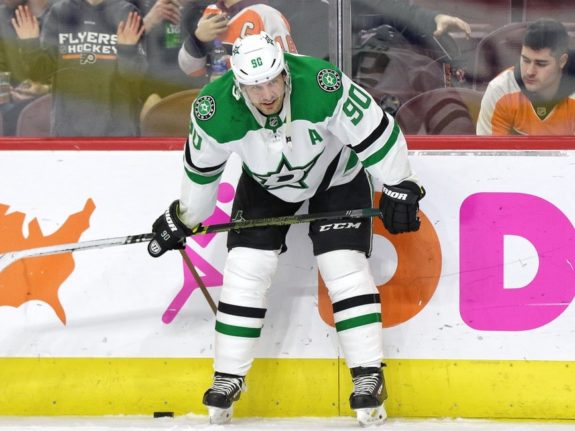
Just last season, Spezza’s lofty 58.2% success rate in the faceoff circle tied Travis Zajac of the New Jersey Devils for the best mark in the NHL among players who took a minimum of 800 draws. He’ll enter his first season with the Maple Leafs sporting a 53.8% career faceoff rate, however he’s exceeded that mark in six of his last seven seasons.
If Spezza and Gauthier indeed form a dynamite faceoff tandem on the fourth line, it will be really interesting to see how well he fares taking faceoffs on his strong side only. Although he started just 44.5% of shifts at even-strength in the defensive zone last season – almost identical to his career mark – I would expect that number to jump significantly this season, perhaps close to 60%. The good news is that Spezza won an eye-popping 60.1% of his defensive zone draws a season ago. He’ll likely also take a good chunk of faceoffs on the second power-play unit as well.
Frederik Gauthier
Gauthier showed his worth to his head coach in his first full NHL season in 2018-19 thanks in large part to his faceoff ability in the defensive zone where he started a whopping 72.9% of his even-strength shifts. Gauthier won 53.7% of his faceoffs a season ago, but cleaned up with a 56.4% mark in the defensive zone to boot. Talk about getting in your head coach’s good books.
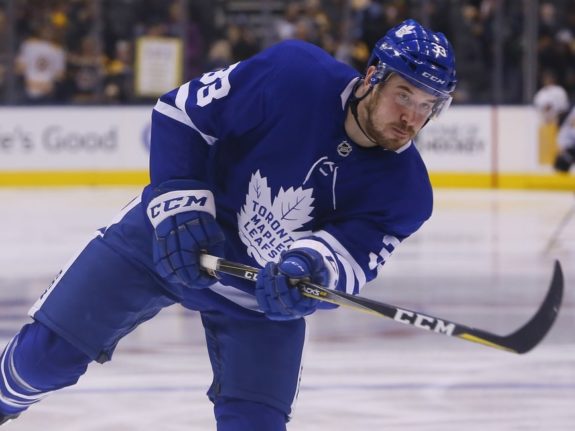
Sure, Gauthier skated just 8:22 per game last season, but with those kind of numbers in the faceoff circle, you’re certainly bringing something valuable to the table. With puck-moving defensemen in Morgan Rielly and Tyson Barrie and Travis Dermott (once healthy) on the back end, winning more than 56% of your defensive faceoffs gives you an excellent chance of exiting the defensive zone.
Like with Spezza, it’s awfully enticing to believe that Gauthier could actually improve on those lofty numbers by taking faceoffs strictly on his strong side. With a two-centre combination, that’s a luxury the Maple Leafs can afford should they go that route. It’s an advantage that could lead to increased puck possession, and according to many across the league, increased offense as well.